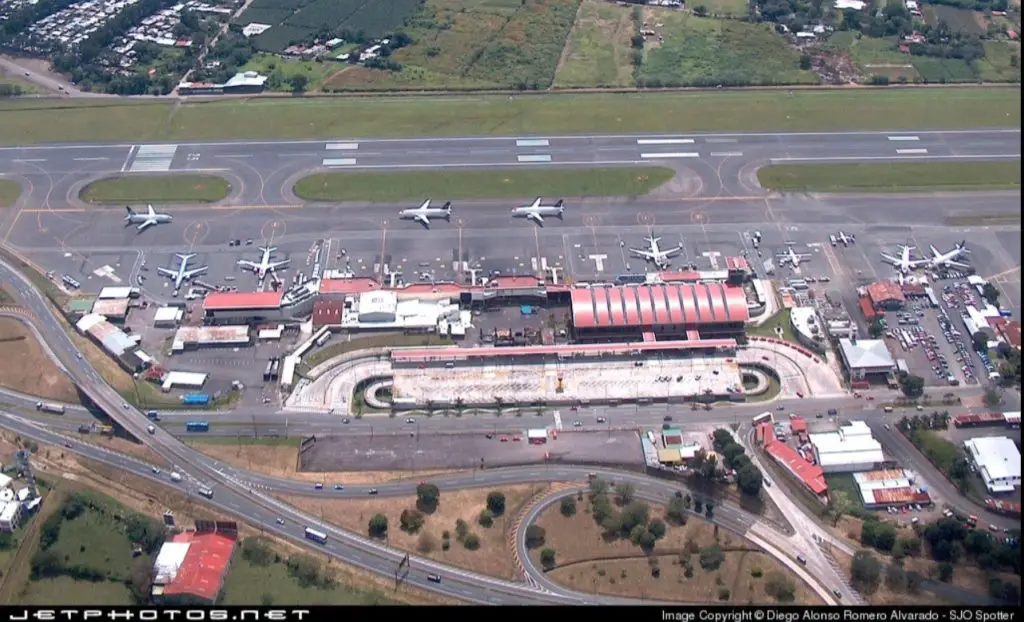On August 29, negotiations commenced between the Ministry of Public Works and Transport (MOPT) and the Union of Air Traffic Control Professionals (Sitecna). This response comes in light of concerns regarding the deteriorating state of Costa Rica’s air traffic control system. Sitecna, highlighting deficiencies, has flagged potential protests if key issues aren’t addressed.
Key Concerns Raised by Sitecna:
- Infrastructure and Equipment Wear: Deterioration of infrastructure and equipment.
- Staff Shortage: Insufficient personnel to meet demands.
- Salary Equity: Addressing wage disparities within the workforce.
- Job Role Restructuring via Mideplan: A request for realigning job roles through the Mideplan framework.
- Preventive Licensing: Implementation of preventive licensing policies.
Fernando Naranjo, General Director of Civil Aviation (DGAC), acknowledged the concerns voiced by Sitecna at the Juan Santamaría International Airport, Costa Rica’s primary airport serving San José.
Local media source, nación, highlighted the impact of fiscal regulations on the airport’s operation and the entire aviation industry as a pivotal issue. Naranjo stressed that the DGAC’s annual budget, approximately ¢37,000 million (USD 68,000), is ¢15,000 million (USD 27,000) short of the revenue generated by airport fees. This gap not only hinders technology and infrastructure investments but also jeopardizes the airport’s safe operation due to inadequate staff provision.
Furthermore, he emphasized that specific budgetary requirements impact Costa Rica’s obligations towards international bodies, such as the U.S. Federal Aviation Administration (FAA). The FAA sets competence and staffing standards to ensure safe air traffic operations.
These concerns have crossed national borders with the International Federation of Air Traffic Controllers’ Associations (IFATCA) voicing apprehensions about the DGAC of Costa Rica’s response following unsuccessful discussions between Sitecna and government authorities.














